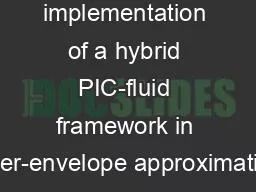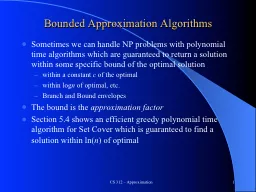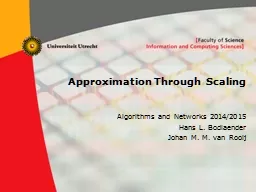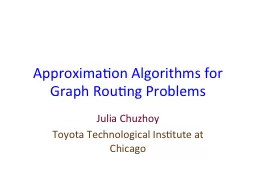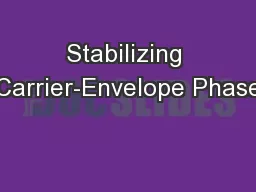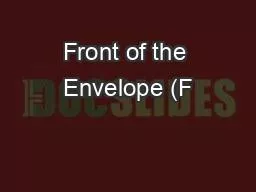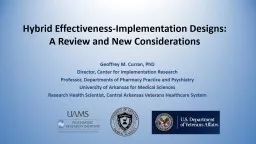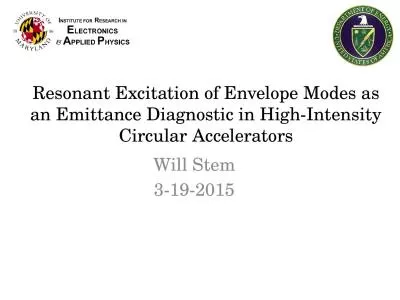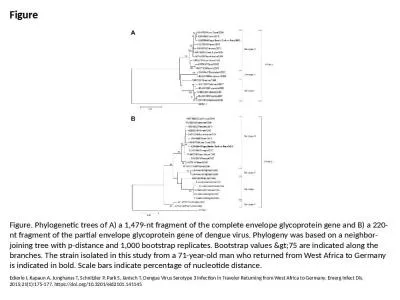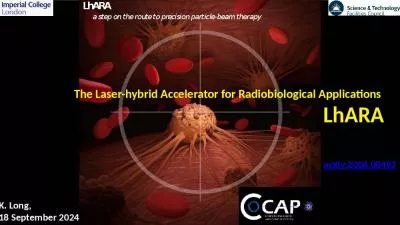PPT-Numerical implementation of a hybrid PIC-fluid framework in laser-envelope approximation
Author : radions | Published Date : 2020-07-02
D Terzani 1 P Londrillo 2 L Labate 13 P Tomassini 1 L A Gizzi 13 1 INO CNR Section of Pisa 2 INAF 3 INFN Section of Pisa 4 th European Advanced Accelerator
Presentation Embed Code
Download Presentation
Download Presentation The PPT/PDF document "Numerical implementation of a hybrid PIC..." is the property of its rightful owner. Permission is granted to download and print the materials on this website for personal, non-commercial use only, and to display it on your personal computer provided you do not modify the materials and that you retain all copyright notices contained in the materials. By downloading content from our website, you accept the terms of this agreement.
Numerical implementation of a hybrid PIC-fluid framework in laser-envelope approximation: Transcript
Download Rules Of Document
"Numerical implementation of a hybrid PIC-fluid framework in laser-envelope approximation"The content belongs to its owner. You may download and print it for personal use, without modification, and keep all copyright notices. By downloading, you agree to these terms.
Related Documents

